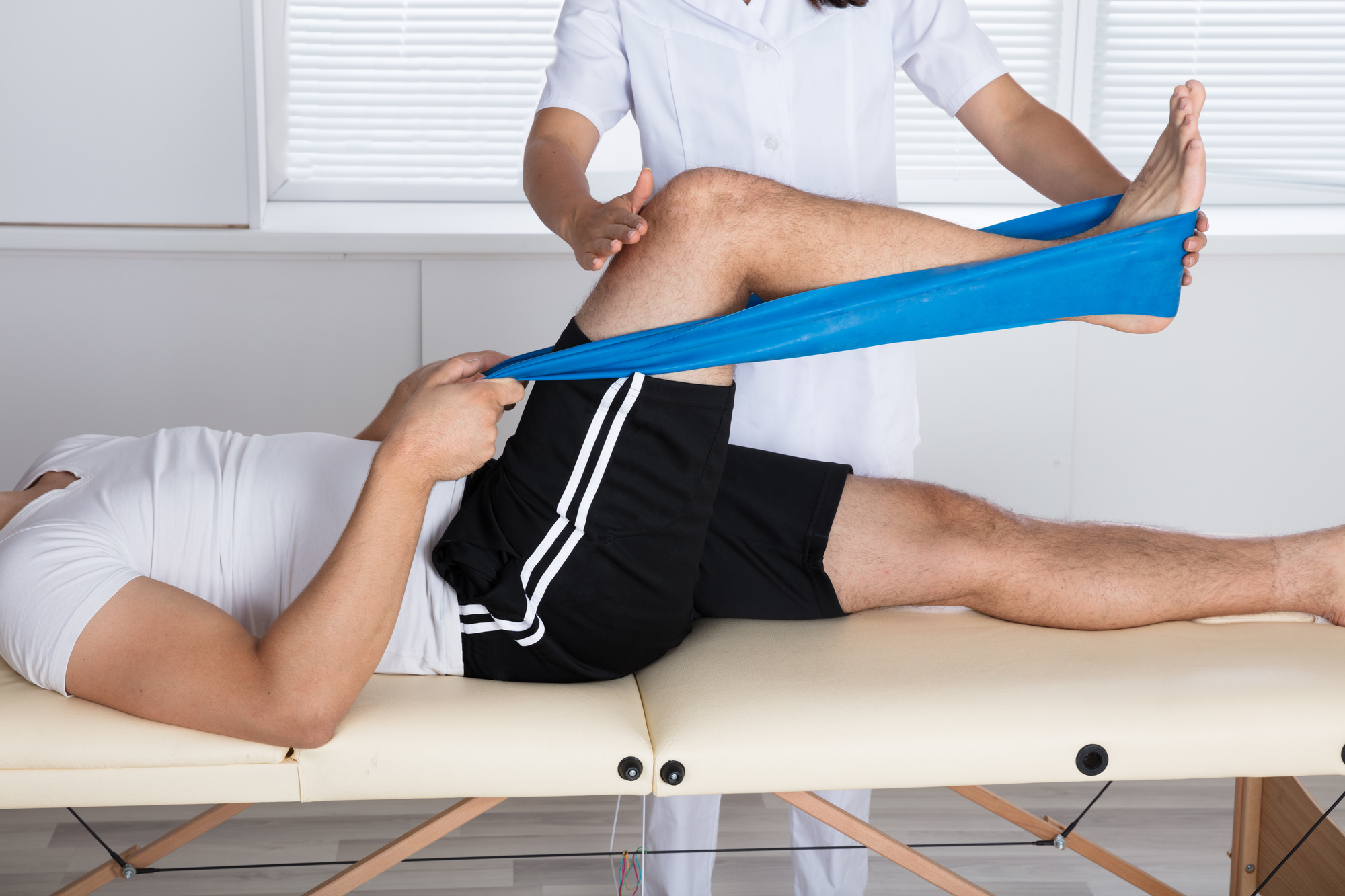Harnessing the Strength of Exercise to Reduce Persistent Pain and Improve Quality of Living
Harnessing the Strength of Exercise to Reduce Persistent Pain and Improve Quality of Living
Blog Article

Chronic pain affects numerous of individuals globally and can significantly diminish the quality of living. It can result from various conditions, such as joint inflammation, fibromyalgia, or prior injuries. While medications and treatments are frequently employed to control pain, a growing body of research shows that exercise can play a vital role in alleviating chronic pain. Participating in regular physical activity can not only help reduce pain intensity but also improve overall well-being and capability. Understanding how exercise affects the physical state can empower patients to assume control of their pain management.
Physical activity has several physical benefits that can help reduce chronic pain. When people participate in physical activities, their bodies release endorphins, which are natural pain-relievers. Additionally, exercise can improve blood circulation and strengthen muscles, providing better support for articulations. For those with issues like arthritis, low-impact workouts such as aquatic exercises or cycling can help maintain joint flexibility without putting excessive strain on the system. Consistent exercise also assists in preserving a fit weight, which can lessen the stress on load-bearing joints and further ease pain.
In furthermore to its bodily benefits, exercise has a favorable impact on mental health. Chronic pain can often lead to feelings of anxiety and depression, which can worsen the perception of pain. Engaging in regular physical activity can help fight these emotions by enhancing self-esteem and elevating mood. Collective exercises, such as yoga or core strengthening, also provide social interaction, which can improve emotional support. This mixture of physical and mental health benefits makes exercise an essential component of a comprehensive pain relief strategy.
It is crucial to tackle exercise with care, particularly for those dealing with chronic pain. Starting slowly is vital to prevent worsening symptoms. Individuals should consider seeking advice from healthcare professionals to create a tailored exercise program that considers into account their specific conditions and limitations. Exercises such as flexibility training, walking, or light yoga can be great starting points. Gradually boosting the effort and duration of workouts can help build strength and endurance without inducing undue strain on the system.
In conclusion, harnessing the power this hyperlink of exercise can significantly reduce chronic pain and improve standard of life. Regular physical activity not only helps to lessen pain through the release of endorphins and improved muscle strength but also promotes mental well-being. By incorporating exercise into regular routines, patients can enable themselves in managing their pain. A careful and knowledgeable method to exercise, directed by healthcare professionals, can lead to lasting benefits in health and overall standard of life.